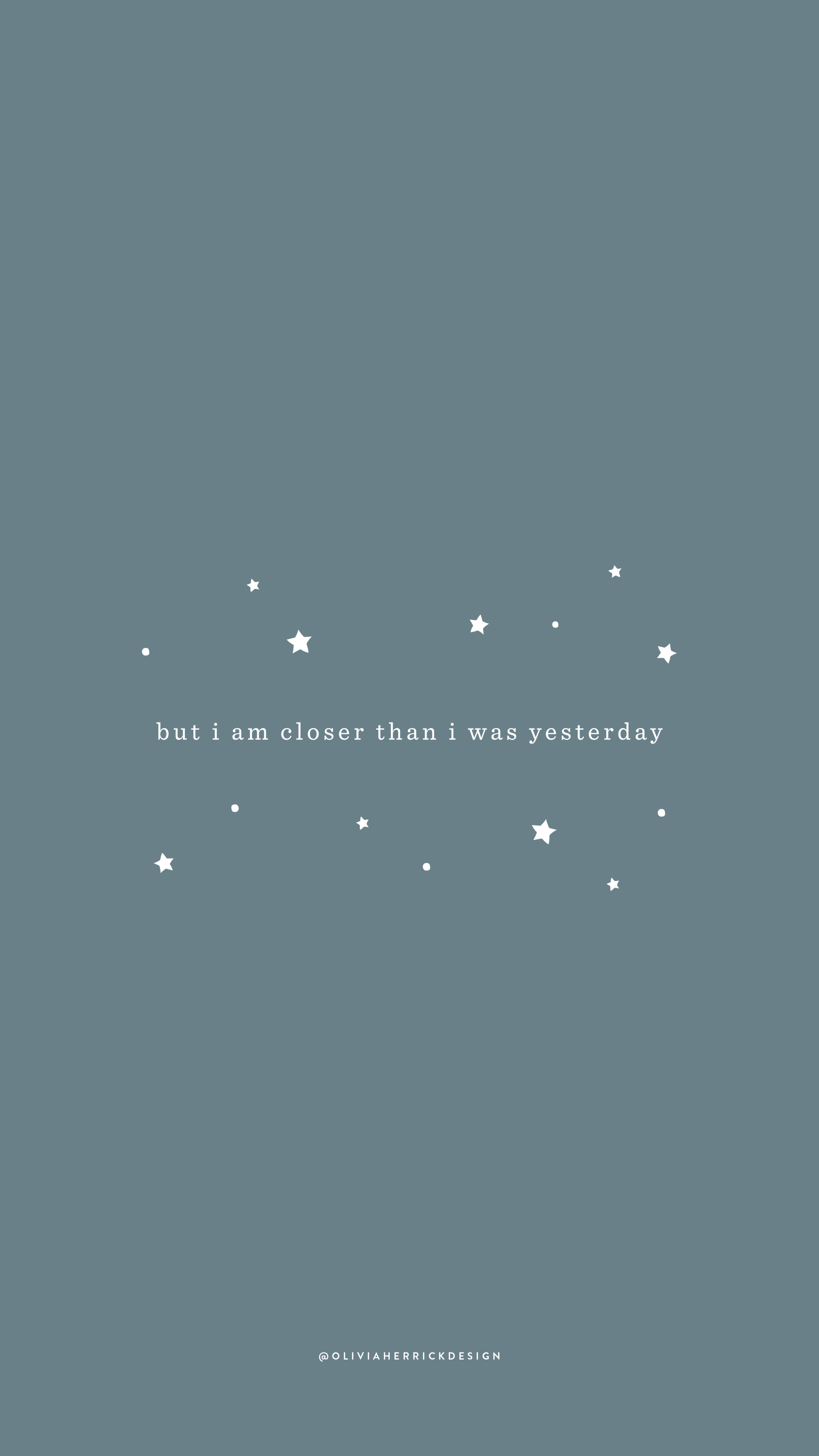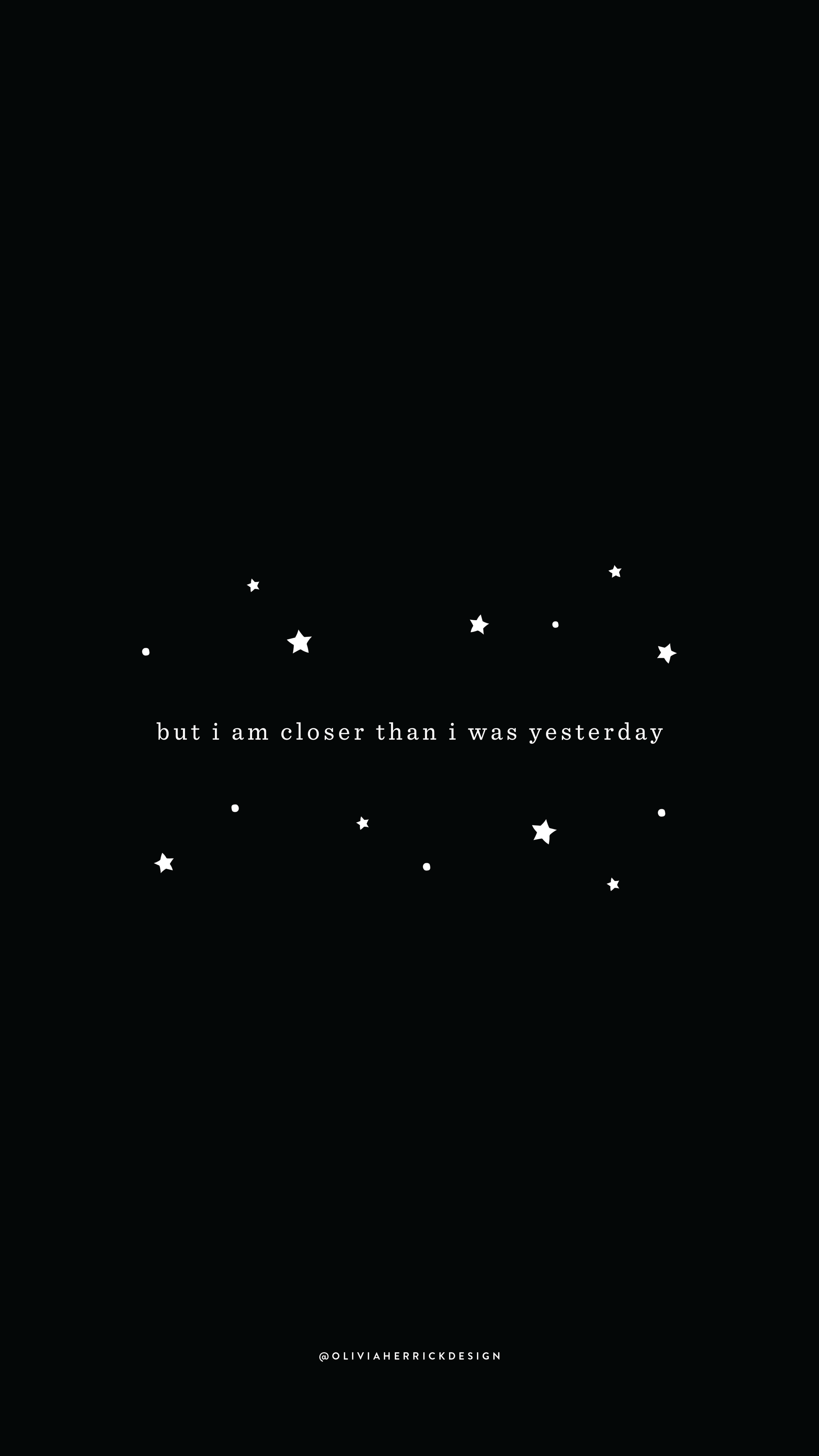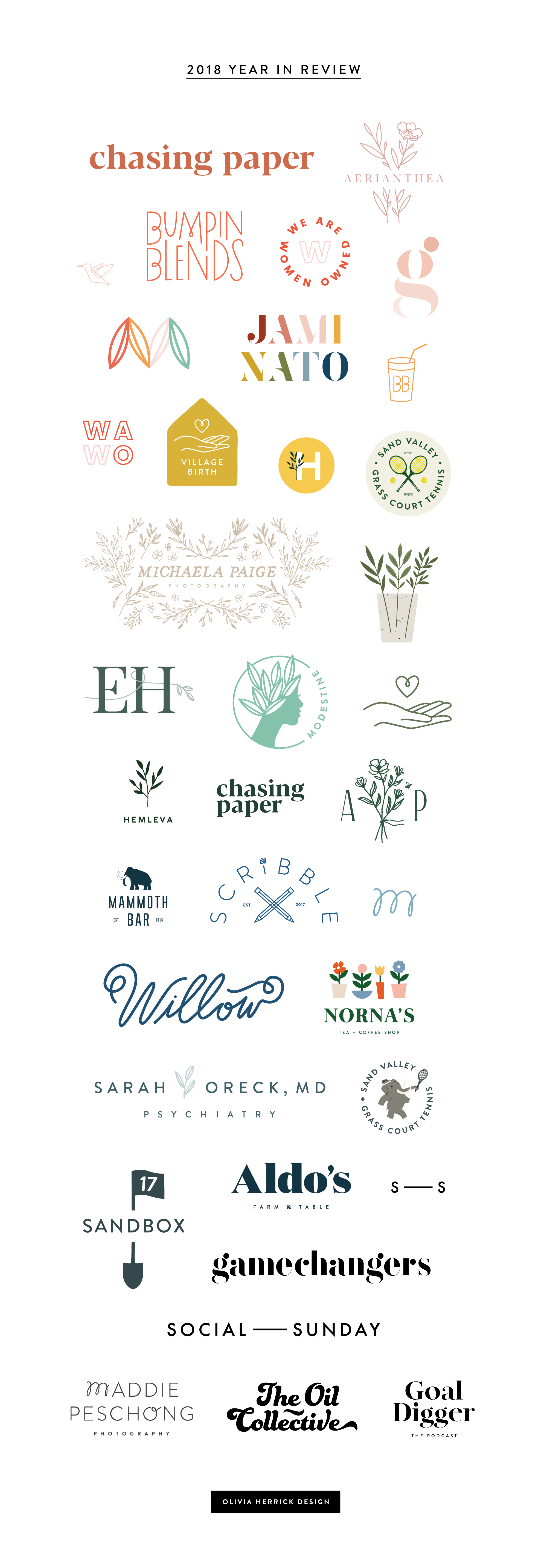If you follow me on social media you may have heard me chat about how I have been struggling with some copyright infringement issues for the past seven or so months. Every once in a while I have shared a bit of a behind the scenes look and have gotten a lot of questions about how I am handling each situation, so I figured I’d do a little recap in case it can help anyone in the future. This is my personal experience and not legal advice - the only person who can provide customized guidance for you in the realm of copyright infringement is your attorney. Honestly, hire a good attorney, it will be the best money you spend on your business and it is less expensive than you’d think.
Here’s a quick snapshot of what I have been dealing with – there are four primary issues that pop up consistently:
Businesses stealing my exact designs (identical, carbon copy) and creating end goods for sale utilizing the stolen design work.
Businesses plagiarizing my design work and creating end goods for sale utilizing the plagiarized design work.
Businesses running paid social campaigns using my artwork.
Businesses using my designs on social media without permission or attribution.
Two things I want to note right out of the gates – the first is that all of the information in this post is in regards to businesses I have interacted with in the past year. Individuals and influencers who use my designs without credit can be frustrating, but I typically lose interest after a quick comment on the post or DM saying “Hi there – please tag me in this!”
The second thing I want to note is that I have learned a LOT in the past seven months, and I have not consistently handled these issues well. Having your work stolen is an emotional experience. I had no idea how much it would impact my ability to focus and do my day to day work. I know that I am not alone in what I have gone through, and that what I have experienced is absolutely minuscule as compared to what artists with large followings face every single day. But I’m going to be honest – it’s all relative, and it’s still a huge bummer! My goal in sharing this information is not to draw attention to my personal experience so much as it is to hopefully provide helpful information, let my fellow creatives know that they are not alone, and raise awareness of the fact that this is a huge problem in our industry.
Overview
Generally, I think there is a lot of confusion about copyright infringement. I have had businesses tell me that as soon as I posted my work online, I surrendered all rights to it (wrong), that if they found it on Pinterest, it’s fair game for their commercial use (wrong), and have had large businesses with huge social media accounts (well over 1 million followers) tell me they don’t credit anyone’s artwork because their social media team doesn’t have time to do so (confusing and kinda morally wrong). I was totally unprepared for the frequency with which people would lash out at me after I let them know that they were using my work in an unauthorized way. Some of the responses that we get make ME feel terrible for asking a company to please stop using my work, as if I have inconvenienced them in some way. It’s a wild world out there, folks.
People sometimes ask me “Why don’t you just let it go?” or “Why do you care about this so much?” – the truth is that when infringement first started to become an issue for me, I definitely did care too much. These legal flare ups would completely consume me, mind and body, for weeks on end. But now that I have been a little hardened by time, I can safely say that I don’t think I will ever be able to just let go of a business stealing an artist’s work. I understand that within the grand scheme of the design industry it happens frequently, but I don’t think we should stop drawing attention to it and allow it to become normalized or accepted as par for the course. There is a way to talk about these issues with heart and tact, and I want to educate and help others understand that on the other side of every graphic you see on Pinterest or Tumblr or Instagram is an artist who worked really hard to create it. I do believe that businesses who share work without credit may do so without realizing that their actions can have severe and lasting consequences for the artist.
Which leads me to one final thing I feel pretty strongly about, which is not putting other companies on blast. I am going to share one example of a resolved incident below, but you will see that all of the company’s info has been blacked out. There may be a time and place for sharing an incident publicly, if you really need to rally the support of your community, but in my personal opinion it should be a last resort.
So here is my process for handling copyright infringement right now. I hope that you never have to use any of this information, but if you do, I hope it helps!
Assess the Situation
The first thing I do is assess the situation at hand. Ask yourself a few questions: What happened here? Who did it? Are we talking about a large brand or a small business? Does it seem to be an accident or is it clear that this company was deliberately stealing my work? This is the time to document everything – screenshot it all, even if you’re not sure it’s relevant. If things are happening quickly, ask a friend/colleague/family member to help document as well, so you don’t miss anything. After I have taken a few minutes to do a bit of Nancy Drew-style sleuthing, I step away from my phone and computer for a while and decide what the best course of action is going to be.
Calm Down
Next, I try to calm down. This is an area that I have made some MAJOR strides in. The first few times that I either discovered or was made aware of a company who had stolen my work, I completely lost my cool. I was understandably furious and my rage consumed me for a good 24 hours. Seething anger while trying to handle a situation professionally = typically not destined for a great outcome.
Contact the Offender
The next step is to figure out how you are going to contact the business who infringed upon your work. These are the four actions I have taken this year:
Send an email.
I take this route when I am dealing with a small business and will most likely be able to get in touch with someone who will respond to me contacting them directly. I typically attach proof of the infringement as well as proof of my work’s publication date. I combine all of the screenshots into one PDF that covers the whole scenario so it’s clear that I have done my research and that there really isn’t much conversation to be had. I also outline the course of action that I would like them to take. Sometimes it’s as easy as asking them to delete an unauthorized use of my artwork, other times I am asking brands to stop selling products that use my graphics and even to donate all unsold merchandise (I have only done this once, and they obliged). Think about what is reasonable and what outcome will eliminate your future concerns. This may be more of a conversation/dialogue as you might take into consideration a solution that they suggest. Also – think about your tone. I am a pretty optimistic person so I typically try to start out with a friendly, understanding, and conversational tone and acknowledge that this may have not been intentional, but hey, you need to stop. Kind of a one woman good cop/bad cop scenario.
Send a cease and desist via an attorney.
This option costs money but sends a very different message. The end goal here is to establish that I am serious about the infringement and want the offender to immediately cease the sale of the product or illegal use of my artwork. Some people will tell you that you should just send a cease and desist letter on your own, but I personally have chosen to avoid this just because I feel like if the situation is serious enough to warrant a cease and desist, then I might as well just go straight to the legal approach. When my attorney sends a cease and desist they do so via email but also overnight a signed letter from the law firm as well. The letter will most likely be written by your attorney but you can definitely add in some of your own personality – in mine we even occasionally include a friendly line about how we understand that accidents do happen.
If you don’t have an attorney that you work with, I would recommend doing a little research online and then hopping on the phone with a few to request an estimate for sending the cease and desist on your behalf. When contacting them, I would have a PDF prepared that explains that situation with detailed images and dates so that they can advise you on whether or not you are in the right. I also prepared a draft of my cease and desist (you can find tons of samples online) to try to keep the costs down. Earlier this year my attorney told me that he didn’t think I had grounds to send a cease and desist and I appreciated the honesty. You want someone like this in your corner!
A few thoughts on what to say when looking for an attorney:
Hop on the phone. Get a sense for their personality.
Explain the situation and send the infringement document you have prepared.
Say that you would like them to review and make redline edits to your cease and desist and then send it on your behalf.
Ask what the timeline will be.
Ask for an exact cost.
If you are interested, ask for an estimate of what it would cost to pursue further legal action.
Ask if they offer copyright registration services and what their fee is (if you choose to sue you will need to have filed a registration before you are able to do so).
Send a cease and desist seeking compensation via my attorney.
This is the same option as above, but with an end goal of receiving some compensation for the illegal use of your work. There are a lot of different ways to do this, depending on how your business is structured, but I have only sent an invoice for the licensing fee that they failed to pay when they began using my work illegally. Choosing to send an invoice with your cease and desist is pretty situation-specific, and generally you and your attorney will be able to decide when it is appropriate. I will say that based on my experience the odds of receiving the compensation are pretty low – so you need to decide if it’s a battle you want to fight.
Send a DM
One final option is just to send an Instagram DM. There are a few tiers of issues that I communicate about, but the most common is businesses who have used my work without permission in order to promote the sale of their goods. Typically they are running paid Instagram or Facebook promotions using my artwork. So essentially they are using my artwork, uncredited, for free, to generate revenue. There are a lot of reasons that I take issue with this, one being that I work with clients every day who pay me to create custom graphics for their businesses to use for marketing purposes and as such, someone else should not be able to take work from my website and run ads with it for free. The second reason that I take issue with businesses running ads without my consent is that I am very selective about who I work with. There are certain brands and categories in the marketplace that I do not want my work associated with, simple as that.
When I send a DM, I typically ask for an email address so that I can bring the concern to someone’s attention in a more professional way. Other times I just ask that either a) the ads are deleted, b) the post is deleted or c) I am immediately credited by both being tagged in the image as well as being tagged in the first two lines of the caption (this is important, or brands will bury your handle 45 lines down where no one will ever find it). Instagram has very strict copyright policies, and they are a great ally. This is a wonderful page that sums up Instagram’s basic rules for brands or businesses who are giving you a hard time about crediting your work. A lot of brands are quick to remedy the situation, and one large company who was running a series of paid ads using my Kind People Are My Kinda People graphic at the end of 2018 actually sent me a year’s worth of their organic vitamins as an apology. Made me laugh a little but I appreciated the gesture and the vitamins are honestly delicious (gummy, of course)!
Let it Go
This final step is the hardest part of the process. 95% of my infringement situations have been handled swiftly and professionally – the other 5% of the situations have yet to be resolved – and it really grinds my gears that businesses have the guts to steal someone’s work and refuse to acknowledge that they have done anything wrong. However, for months I let these issues ruin my day and turn me into a pessimistic and paranoid designer – the opposite of who I really am.
So if you’re facing a similar situation I would challenge you to think about this within the grand scheme of things – some of these battles are worth fighting tooth and nail. Standing up for yourself is never the wrong thing to do. But you also have to recognize when it is starting to impact your well-being, and how much money you want to invest in standing up for yourself. The cold, hard reality is that it is not cheap to get people to stop stealing your work. The irony of this is pretty emotionally devastating – paying an attorney to get someone to stop using your work illegally is a little dagger to the heart. But at the end of the day you will know that you have done the right thing and the offender will have to live with their actions. If that’s a weight they want to carry, then so be it.
So that’s it in a nutshell – how I have handled copyright infringement thus far. I want to say that at the heart of all of this is a great attorney. I really can’t advocate enough for having someone you can call when things go awry. I have actually worked with three different attorneys in the past year for different projects. If you’re in the market I would recommend you get some referrals, call around (any legitimate attorney will be able to provide you with similar services, but you definitely want to find someone whose personality jives with yours) and compare prices. Whether you’re forming an LLC, sending a cease and desist, or having your contract reviewed, I really think that solid legal counsel is one of the best investments you can make in your business. When I first started out I thought that attorneys were a total waste of money and that I could piece everything together on my own – even as recently as last year I was using a canned contract from Hello Bonsai. I hired an attorney to review that contract and they literally redlined about 60% of the document. It was incredibly eye-opening for me and the entire process cost me $250. I honestly can’t imagine $250 better spent.
Infringement Example
This incident involved a large ecommerce apparel brand. One of the first things I did was purchase one of the shirts available for sale to make sure it was a legitimate offer and not a scam. The shirt arrived with a private label tag, branded packaging, and a very clearly Image Traced version of my original artwork. (If you aren’t a designer, Image Trace is a function available in one of the most popular design programs that allows designers to convert drawings and images to vector (scaleable) based images that will print at any size). This ended up being important down the road when the company insisted that they had not sold “a single” garment with my artwork on it, but there were reviews online and I had also purchased merchandise. Dozens of end goods for sale using my artwork were available on Amazon, Etsy, Ebay, and their company website. This incident was resolved, but I want to highlight something that the CEO said in her response: “We found the image online and couldn't find any reference of the author, otherwise we'd have requested your permission." Spoiler alert – if they had asked, I would not have given them permission. This is the type of mindset that I want to work to change in our industry.
* Leave a comment below if you have any questions about my experience, I am planning to do a follow up Q&A in the coming weeks.











